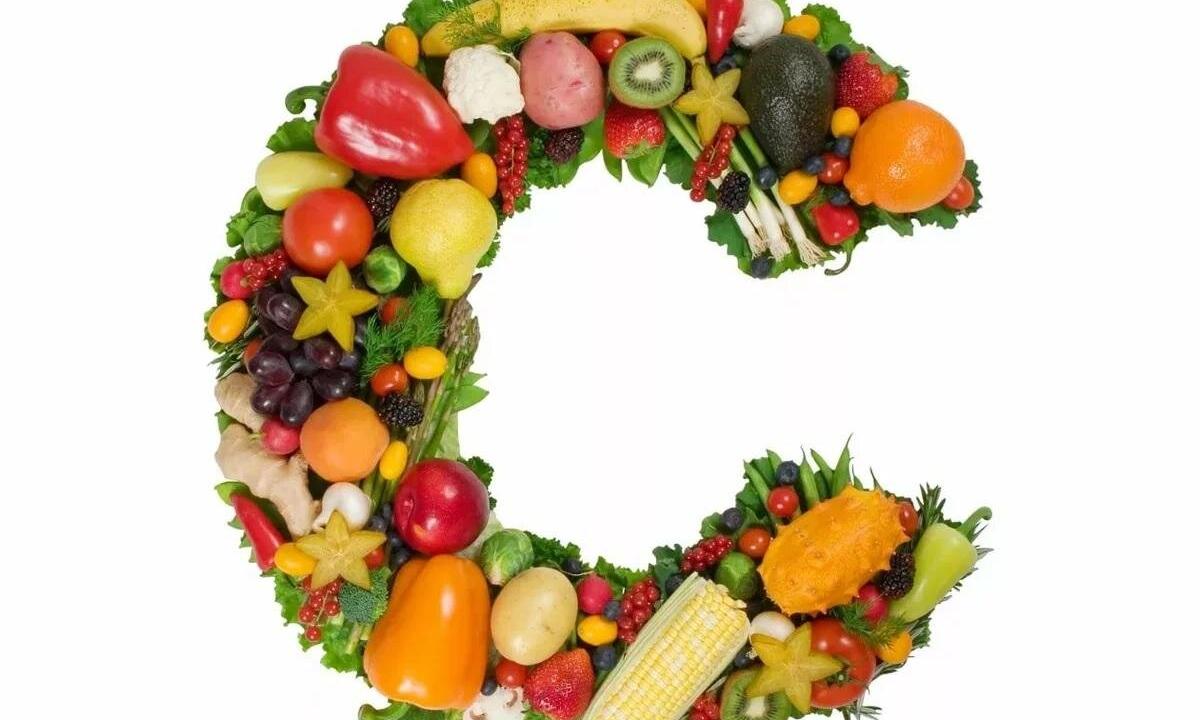C (ascorbic acid) in foodstuff meets in the free, oxidized and connected forms. In the oxidized form it has the same vitamin activity, as in free, and in connected - is acquired by an organism slightly.
Vitamin C in the oxidized form is called degidroaskorbinovy acid, and in connected – askorbigeny. Askorbigen has half vitamin activity in comparison with ascorbic acid. Vitamin C content in the connected form in vegetables and fruits is up to 70% of its total.
Vitamin C takes active part in biochemical processes, both as a part of fermental systems, and in the form of free ascorbic acid. It plays a large role in maintenance of normal function of a cardiovascular system, a liver and other bodies.
Vitamin C accelerates formation of protein, very important for healing of wounds, – collagen. This protein connects separate cages in uniform fabric and therefore at a lack of ascorbic acid the healing of wounds goes slowly.
The value of ascorbic acid in strengthening of vascular walls, in increase in their durability and elasticity, especially small vessels – capillaries is high. This results from the fact that vitamin C influences education in an organism of one more protein – the hondromukoid playing an important role in maintenance of elasticity of blood vessels. Therefore at a lack of vitamin C walls of blood vessels are surprised, hemorrhages on gums, skin are noted and teeth are loosened, organism resilience to infectious diseases decreases.
It should be noted what even at sufficient contents in vitamin C food allowance at diseases of digestive tract and liver of people can test insufficiency of vitamin C owing to bad assimilation by its cages and fabrics.
The main sources of vitamin C are greens, fresh vegetables, fruit and berries.
If became irritable it tells about defitsitiye of B1 vitamin therefore we advise to read article of the same name: B1 vitamin

